Earth
Sign up for our newsletter
We summarize the week's scientific breakthroughs every Thursday.
-
 Agriculture
AgricultureNew analysis: Genetically engineered foods not a health risk
No real evidence for health or environmental dangers of GE crops.
By Meghan Rosen -
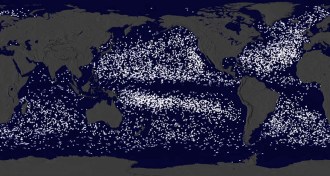 Oceans
OceansHere’s where 17,000 ocean research buoys ended up
A combined look at 35 years’ worth of ocean buoy movements reveals the currents that feed into ocean garbage patches.
-
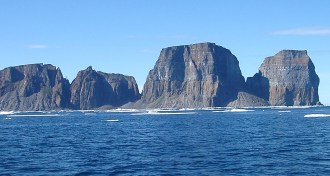 Earth
EarthRemnants from Earth’s birth linger 4.5 billion years later
Shaken, not stirred: Tungsten isotopes reveal that mantle convection has left some remnants of ancient Earth untouched for 4.5 billion years.
By Beth Geiger -
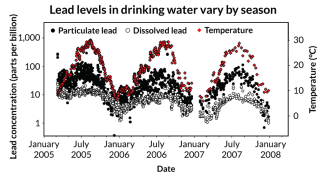 Environment
EnvironmentWhen measuring lead in water, check the temperature
Lead contamination in drinking water can be much higher during summer than winter, new research suggests.
-
 Environment
EnvironmentU.S. oil and gas boom behind rising ethane levels
Oil and gas operations on North Dakota’s Bakken shale are largely to blame for a recent rise in global emissions of the greenhouse gas ethane, researchers conclude.
-
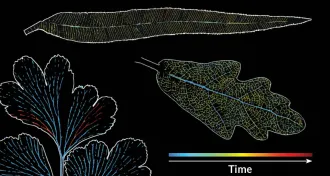 Plants
PlantsHere’s what a leaf looks like during a fatal attack of bubbles
Office equipment beats synchrotrons in showing how drought lets air bubbles kill the water-carrier network of veins in plant leaves.
By Susan Milius -
 Animals
AnimalsCause of mass starfish die-offs is still a mystery
Sea stars off the U.S. west coast started dying off en masse in 2013. Scientists are still struggling to figure out the cause.
-
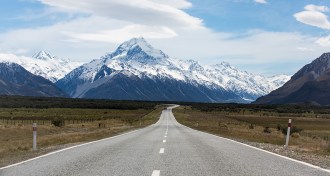 Earth
EarthRainwater can help trigger earthquakes
Rainwater plays a major role in the triggering of earthquakes along New Zealand’s Alpine Fault.
-
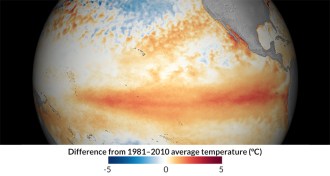 Climate
ClimateFizzled 2014 El Niño fired up ongoing monster El Niño
The ongoing El Niño, one of the strongest on record, got a heat boost from a 2014 event that failed due to unfavorable winds.
-
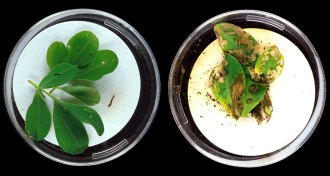 Agriculture
AgricultureBacterium still a major source of crop pesticide
Bacillus thuringiensis bacteria have provided pest-fighting toxins for over 50 years.
-
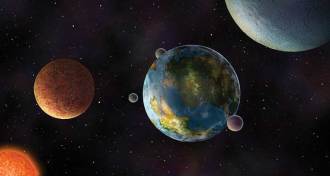 Planetary Science
Planetary ScienceHow alien can a planet be and still support life?
Geoscientists imagine the unearthly mechanisms that could keep alien planets habitable.
-
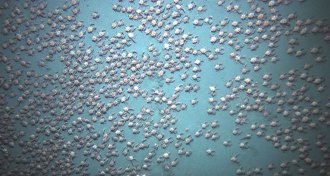 Animals
AnimalsScientists find a crab party deep in the ocean
A trip to check out the biodiversity off the coast of Panama revealed thousands of crabs swarming on the seafloor.